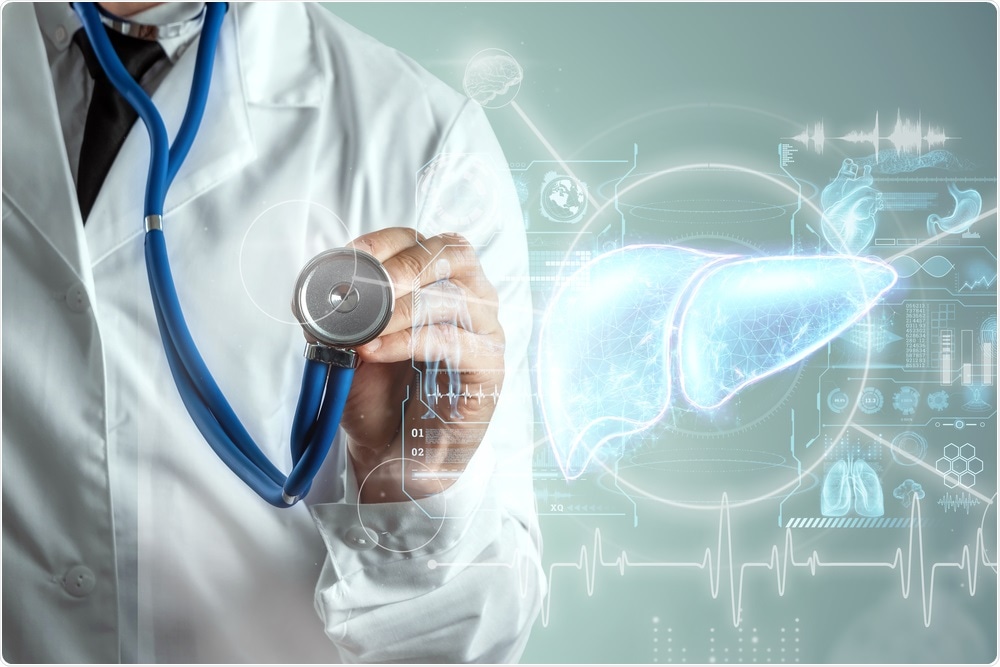Organoid technologies are robust emerging tools that help model liver diseases for drug screening and personalized treatments. Associate Professor Tamer Önder of Koç University and his group created and analyzed the hepatic organoid culture system utilizing human induced pluripotent stem cell (iPS) as an intermediate.

Image Credit: Marko Aliaksandr/Shutterstock.com
There are certain diseases for which it is not possible to generate treatment, and this leaves the medical world helpless. Organoids now facilitate those things deemed “impracticable” earlier. Associate Professor Dr. Tamer Önder of Koç University School of Medicine and his coworkers are investing efforts into this research area.
Liver metabolism is affected by around 20–25 genetic-based diseases, and these can be deadly or may cause permanent damage. When these diseases occur in a newborn, it is not possible to work on the diseased organ—as it is impossible to obtain liver tissue from a baby. And if the disease is a rare type, the challenge doubles as the knowledge is limited.
Accordingly, to create drugs against such diseases or comprehend the metabolic basis of liver disease, cells feasible to work within the laboratory are needed.
Associate Professor Dr. Tamer Önder and his coworkers are aiming high at overcoming this difficulty. Recent research carried out by them as a joint effort with İzmir Biomedicine and Genome Center (İBG), as part of the TÜBİTAK 1003 Project, intends to model diseases that impact the liver or those that are very rare.
The researchers took a skin cell sample and transformed it into a pluripotent stem cell (iPS) employing the Cellular Reprogramming Method. The research was published in the journal Stem Cell Reports.
The researchers first grew the iPS cells to a certain stage, transforming them into hepatocyte progenitor cells, and later placed them in a medium where they are grown in three dimensions.
In a further stage, these laboratory-made human liver cells were labeled with a green fluorescent protein and later transplanted intravenously to mice with damaged livers. Cells appeared to attach to the damaged areas of mice livers and started growing there.
The researchers observed that the enzyme ASS1 did not have any function in diseased cells, and they could place the enzyme back into the cell employing viral vectors.
The researchers inserted a normal copy of this gene into organoids and were able to visualize if the ammonia levels were reduced once the cells got a normal copy of their faulty genes, resulting in the release of excess ammonia as the urea balance was impaired. Alternatively, the researchers were able to heal the cell with gene therapy.
The researchers placed the treated organoids in the diseased livers in mice. A further step includes observation of the treated organoid performing its function in the liver it is transplanted into, making sure of successful completion of the urea cycle.
Source:
Journal reference:
Akbari, S., et al. (2021) Robust, Long-Term Culture of Endoderm-Derived Hepatic Organoids for Disease Modeling. Stem Cell Reports. doi.org/10.1016/j.stemcr.2019.08.007.